Is the model a co-creator of the photo, or does he only have rights to his image?
The model’s work involves, amongst others, taking part in fashion shows, photo sessions, advertisements, etc. and the results of such works are a common element of the reality that surrounds us. From the legal point of view, the question arises what rights the model has to the photos. Is she/he a co-creator of the photo or does she/he only have the rights to the image on it? There is no clear answer to this question because everything depends on the model’s contribution to the final result which is the photo.
The photo session is based on the cooperation of the photographer with the posing model. Posing for photos is a model activity that can be creative when the model decides on what pose to take, what emotions to show, etc. She/he can also choose clothes, props, etc. In this case, the photographer’s work may be limited to pressing a button on the camera. The photographer will only passively follow the model who, in this case, can be considered the creator of the photo.
A different situation is when the model poses according to the instructions of the photographer or the producer of the session. Then the photographer is the sole creator of the photo. However, in addition to these two opposite situations, the photographer and the model may collaborate. They can make decisions together and they both may co-create the photo.
Joint copyrights of the co-authors arise when the photo is created and is owned by all co-authors in parts resulting from their contribution to the work. The model, as a co-creator, may decide on her/his copyrights individually, e.g. as to how the photo is to be used or sold. As a co-creator, she/he makes these decisions together with the photographer who is the other co-creator of the work.
In order to avoid doubts and legal risks, all issues related to the ownership of the copyright should be precisely regulated in a contract. The copyright to the photo is usually acquired by the photographer or the session producer. They may later dispose of them by licensing or transferring them to another entity. Contracts should therefore contain provisions regarding the economic copyrights, the use of the model’s image, as well as moral rights. The lack od appropriate regulations in the contract may lead to disputes, and in extreme cases even make it impossible to use the photo.
See more:
The complexity and high level of subjectivity in assessing the likelihood of confusion based on three recent CJEU judgements
A likelihood of confusion exists when consumers can be misled into believing that goods or services bearing the opposing trademarks originate from the same company or from economically linked companies. It is assumed that the assessment of the likelihood of...
Overview of CJEU case law from 12 April 2025 to 4 May 2025
Below we present an overview of CJEU case law concerning intellectual property for the period from 12 April 2025 to 4 May 2025. T-338/24 - Mobility Trader v EUIPO - Cala and Ruiz (hey car select) - The case concerned opposition proceedings (likelihood of confusion). -...
Polish Patent Office confirms broad monopoly of a word trademark (decision of the Polish Patent Office of 15 April 2025 in case Sp.180.2023)
On the 31st of July 2014, a Polish company Browary Regionalne Jakubiak sp. z o.o. filed an application with the Polish Patent Office for a device trademark including word SMOK [EN dragon] for goods in class 32, i.e. beer, non-alcoholic beer. (R.275353, registered on...
